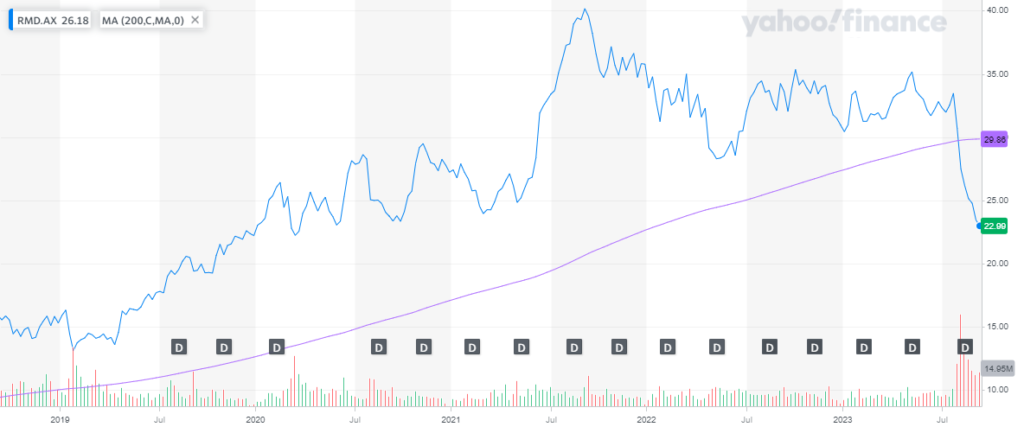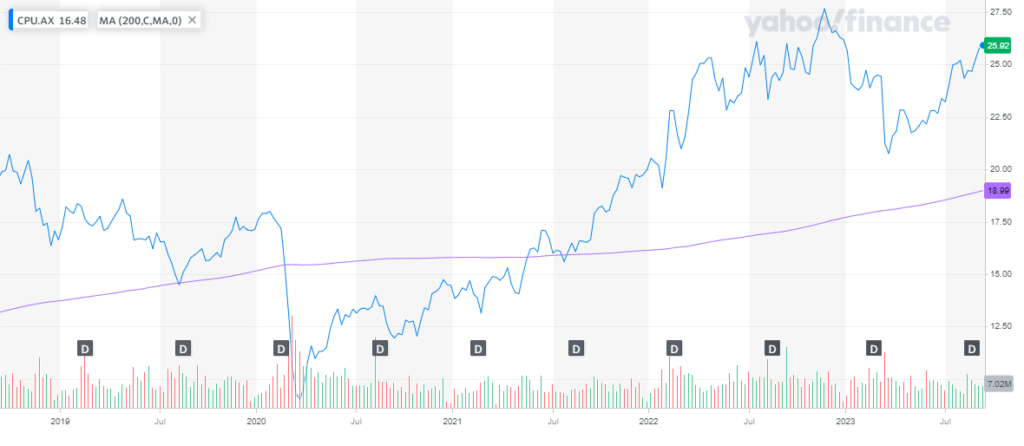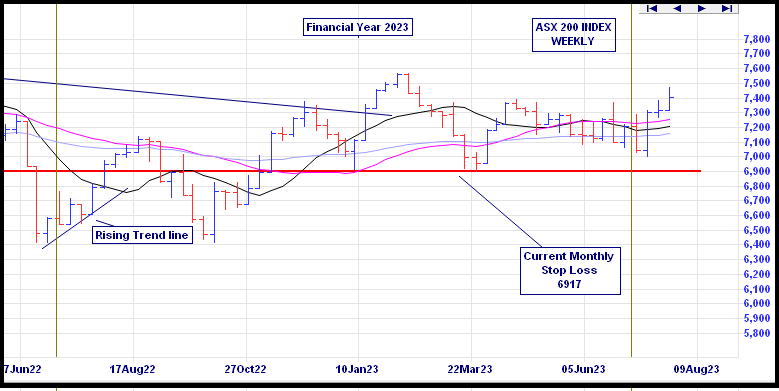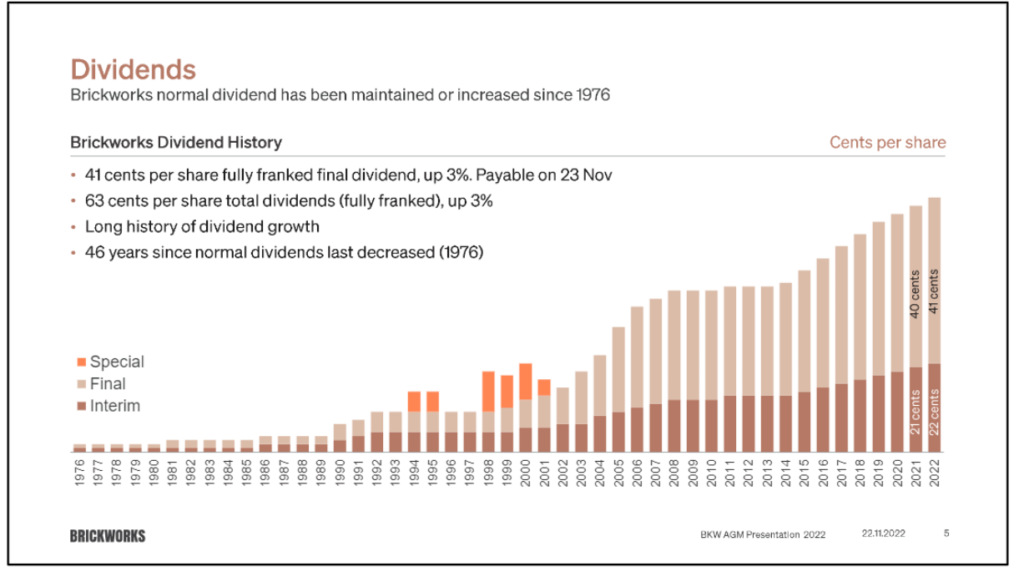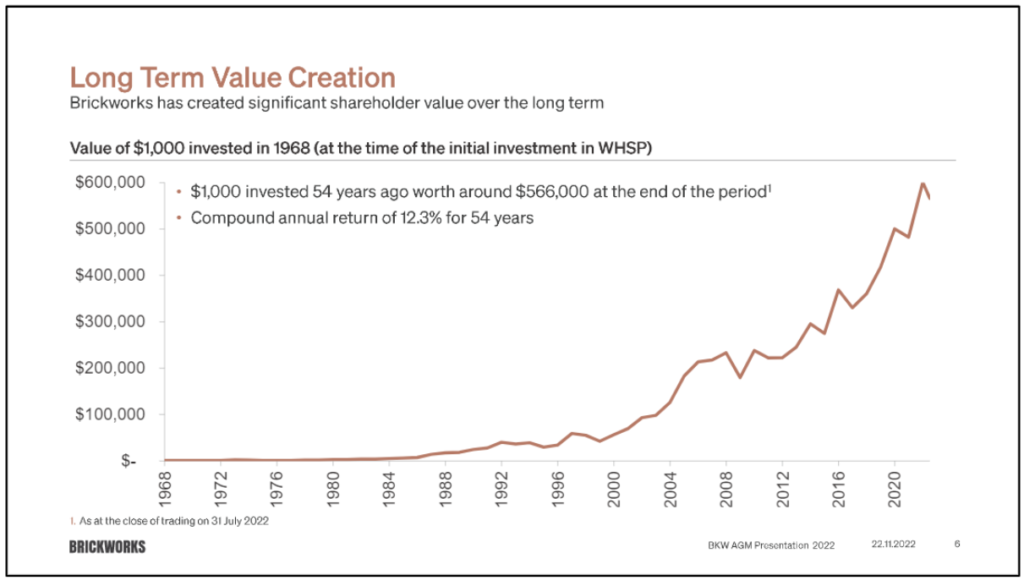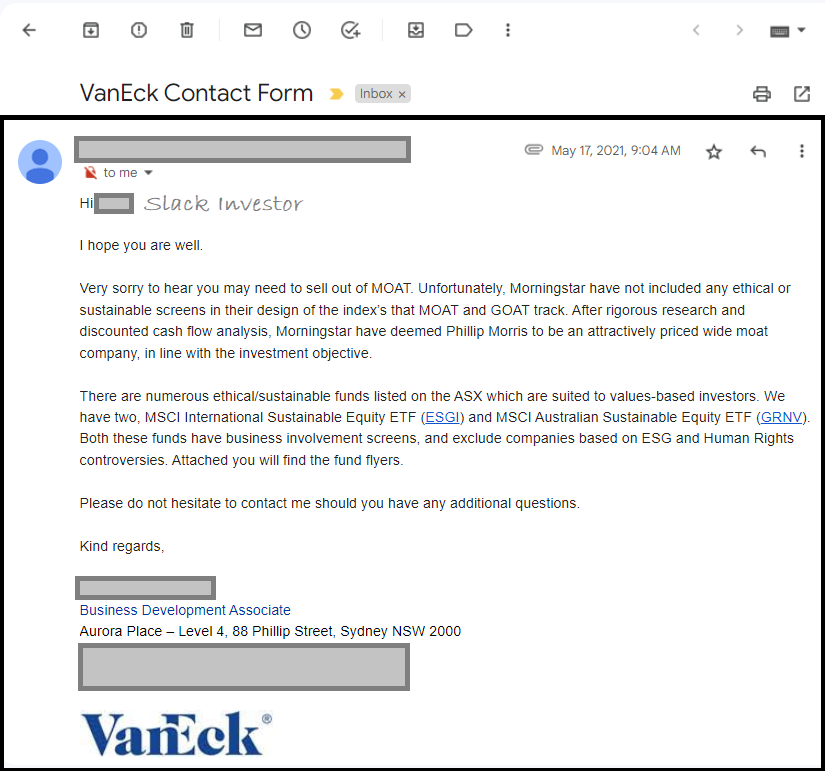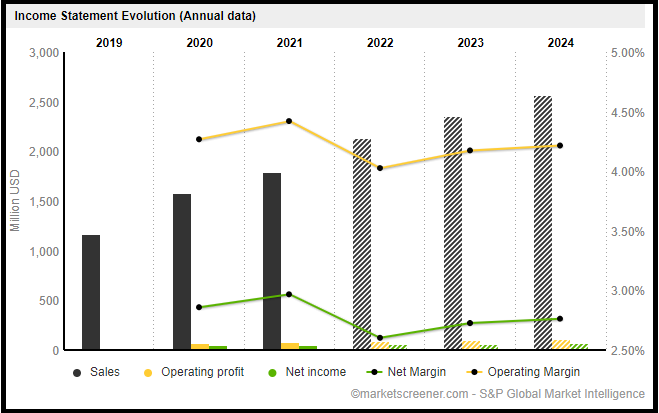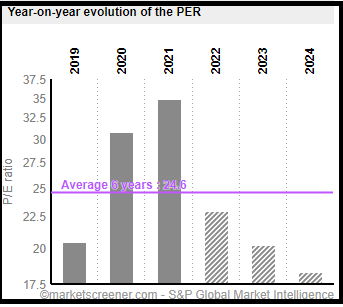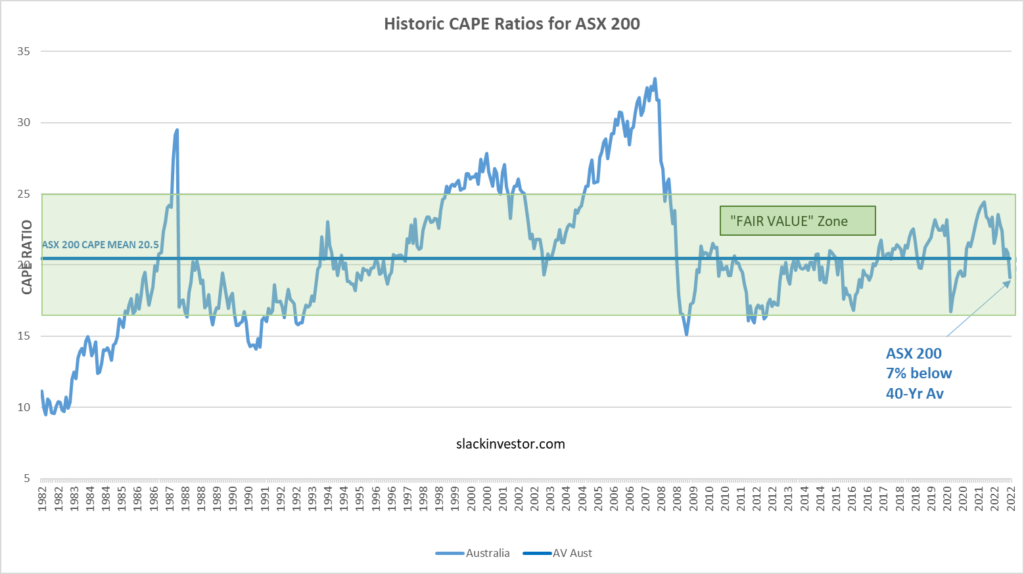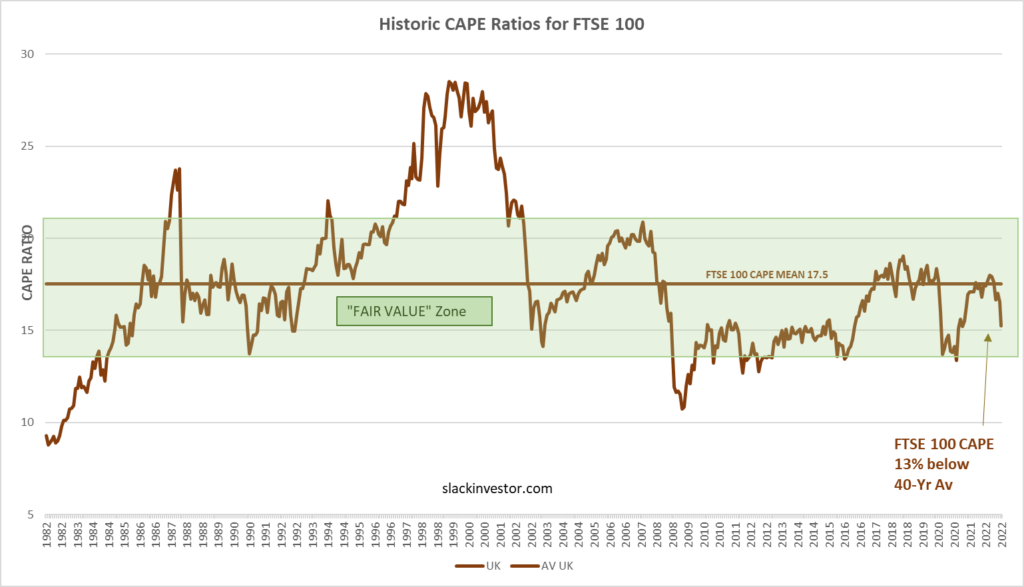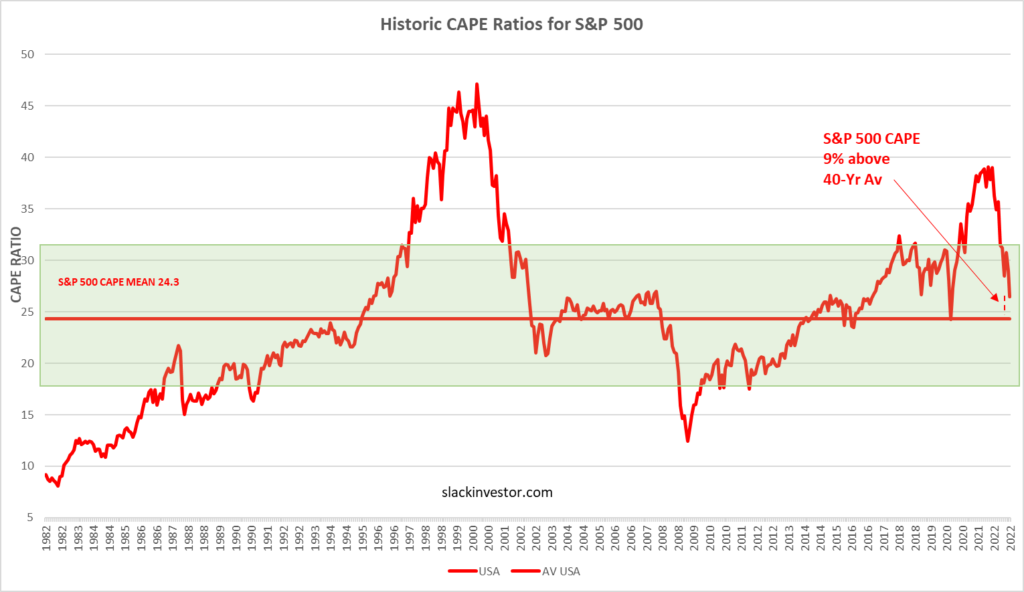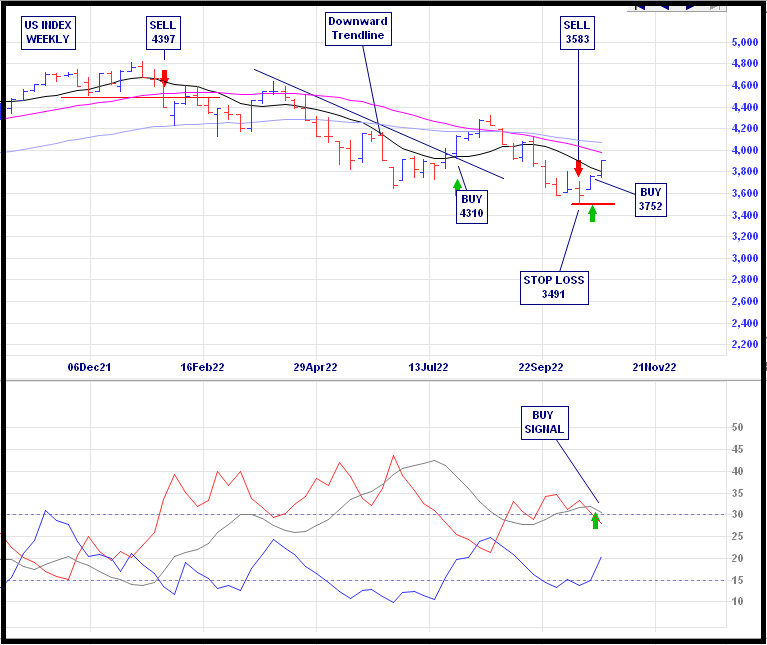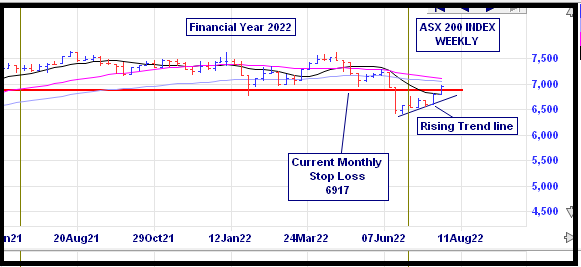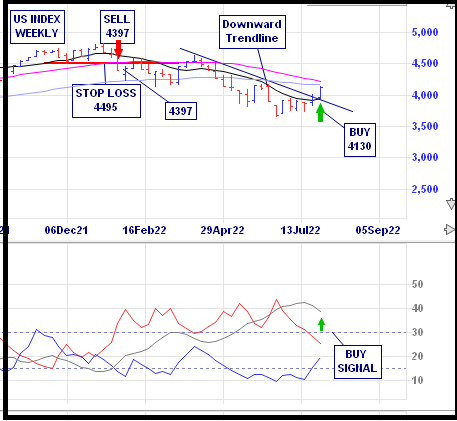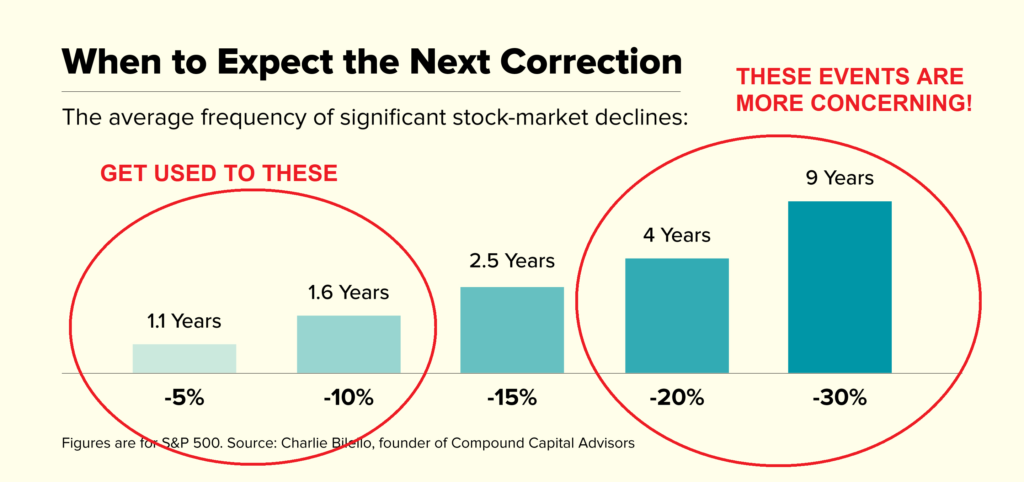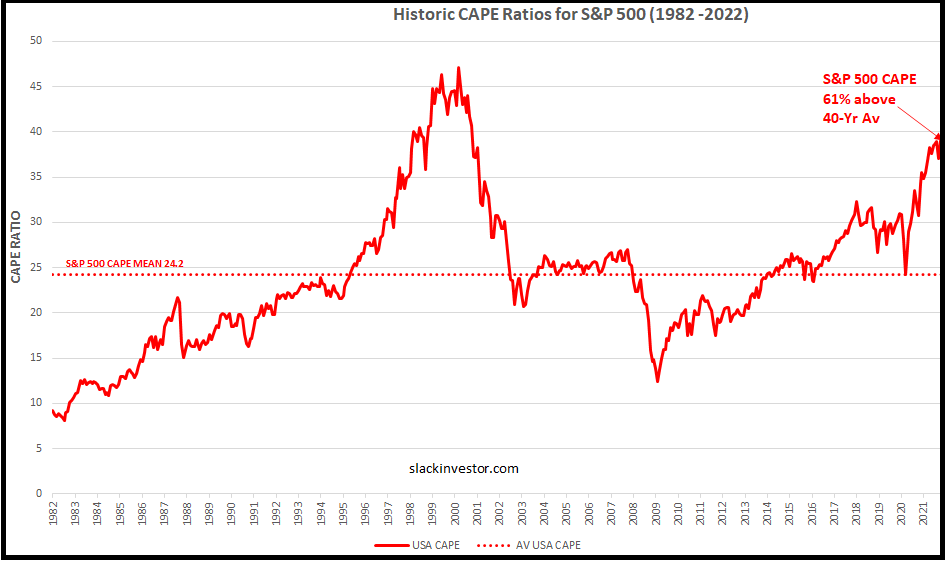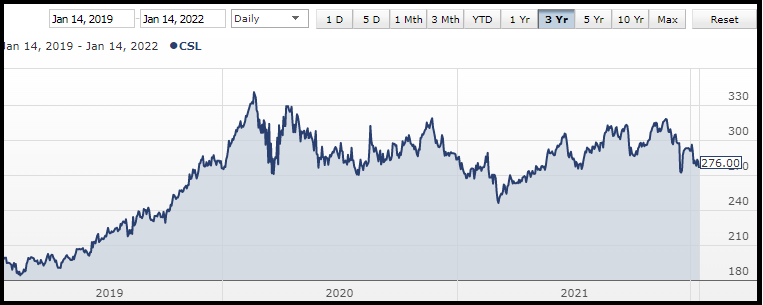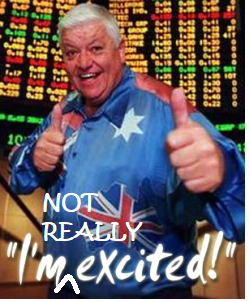
Usually not much of a country and Western Fan, but Slack Investor is quite taken with this video of Slim Dusty in his rendition of Looking Forward Looking Back – where two Australian Music Legends (Don Walker and Slim Dusty) combine to make this beautiful Australian song. Slim must have been about 73 when this song was recorded in the year 2000.
Making sense of what I’ve seen
Looking Forward Looking Back – Don Walker (composer) (1951 – ) & Slim Dusty (vocals) (1924 – 2003)
All the love we’ve had between
You and I, along the track
Looking forward, looking back
This song is bitter-sweet to me as it was played at a good friend’s funeral … and I always get a little sad .. but then, I think of the good times I shared with my friend. My friend was also a keen investor and, I’m sure he wouldn’t mind me using this song to launch this post. It is a song of reflection … with a reminder to look forward as well.
Slack Five-Year Individual Share Performance
Though Slack Investor reports on his results on a yearly basis, the annual Nuggets and Stinkers post is a constant reminder of how, in successive years, a company can be “a nugget” … or “a stinker”. The market will often go in trends of overvaluation followed by a period of undervaluation – and the true measure of how the stock has performed is lost in these constant tidal changes. For my purposes (Slack!), a 5-yr measure of performance is about right – as this allows for the true performance of a quality stock to shine through.
I trawled through the Slack Portfolio to find stocks that I had owned for 5 years. I was suprised to find that, of my current 22 individual stocks or ETF’s that I own, I had held only 5 of these for 5 years. This is not what I expected from a Slack Investor and I had to drill down into the portfolio to realize that I had given my portfolio a big shake-up about 4-5 years ago. I had retired, injected a large portion of my work super into my SMSF, and also sold a few stocks to make way for a house purchase.
The 5 stocks that I had 5-yr data on were Altium, Macquarie Group. REA Group, CSL and Codan. The 5-yr Internal Rate of Return (IRR) figures give an “average” annual return for the 5-yr period and include dividends as well as any stock price growth. The results below, for the five years up to 30/06/23, are from my financial software – the free “Sunset” international version of Microsoft Money Australian Version. There are IRR calculators and Compound Annual Growth Rate (CAGR) calculators also available online. I have also included the CAGR Total Return (TR) till 30/06/23 for each of the Slack followed markets (in bold) for reference.
| Stock | Symbol | 5-yr IRR |
|---|---|---|
| Altium Ltd | ALU | 14.8 |
| Macquarie Group Ltd | MQG | 12.7 |
| S&P500 (TR) | 12.2 | |
| REA Group Ltd | REA | 11.3 |
| CSL Ltd | CSL | 8.4 |
| ASX200 (TR) | 6.3 | |
| FTSE100 (TR) | 3.8 | |
| Codan Ltd | CDA | 3.3 |
Digesting the above table, Slack Investor is generally pleased with the annual IRR over 5 years of the majority of held stocks. The exception is Codan (CDA) which has had a roller coaster ride in the price charts (see below) – and underperformed the ASX 200 index over 5 years. This stock needs further evaluation to see if I should continue to hold it in the Slack Portfolio.
There are strange days
Looking Forward Looking Back – Don Walker (composer) (1951 – ) & Slim Dusty (vocals) (1924 – 2003)
Full of change on the way
But we’ll be fine, unlike some
I’ll be leaning forward, to see what’s coming
I go to Market Screener Financials page for Codan to quickly see that the income for CDA is projected to increase for the next few years and the company is in a solid financial position. The projected Return on Equity (ROE) remains above 15% and, despite the dramatic price fall during 2021/2022 over earnings downgrades, the companies price trend so far in 2023, has been positive. This holding is currently on “watch” – but I remain a holder of CDA for now.

November 2023 – End of Month Update
Slack Investor is IN for Australian index shares, the US Index S&P 500 and the FTSE 100.
Due to a strong rebound this month Slack investor has cancelled his SELL Alert for the ASX200 that started at October 31 2023 due to a stop loss breach – and he now remains IN .
All Slack Investor overseas followed markets had a bumper month. The S&P 500 led the way with a massive rise of +8.9 %. More modest rises for the FTSE 100 +1.6% and the Australian stock market – the ASX 200 +4.5%.
All Index pages and charts have been updated to reflect the monthly changes – (ASX Index, UK Index, US Index).






